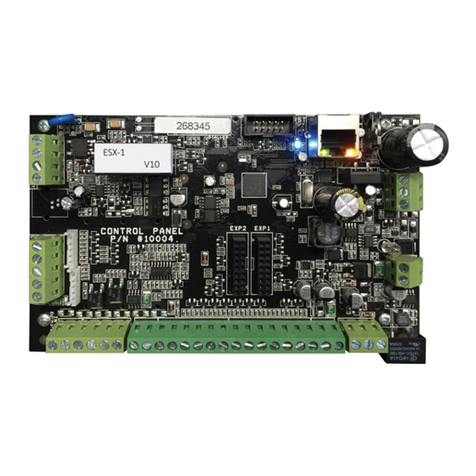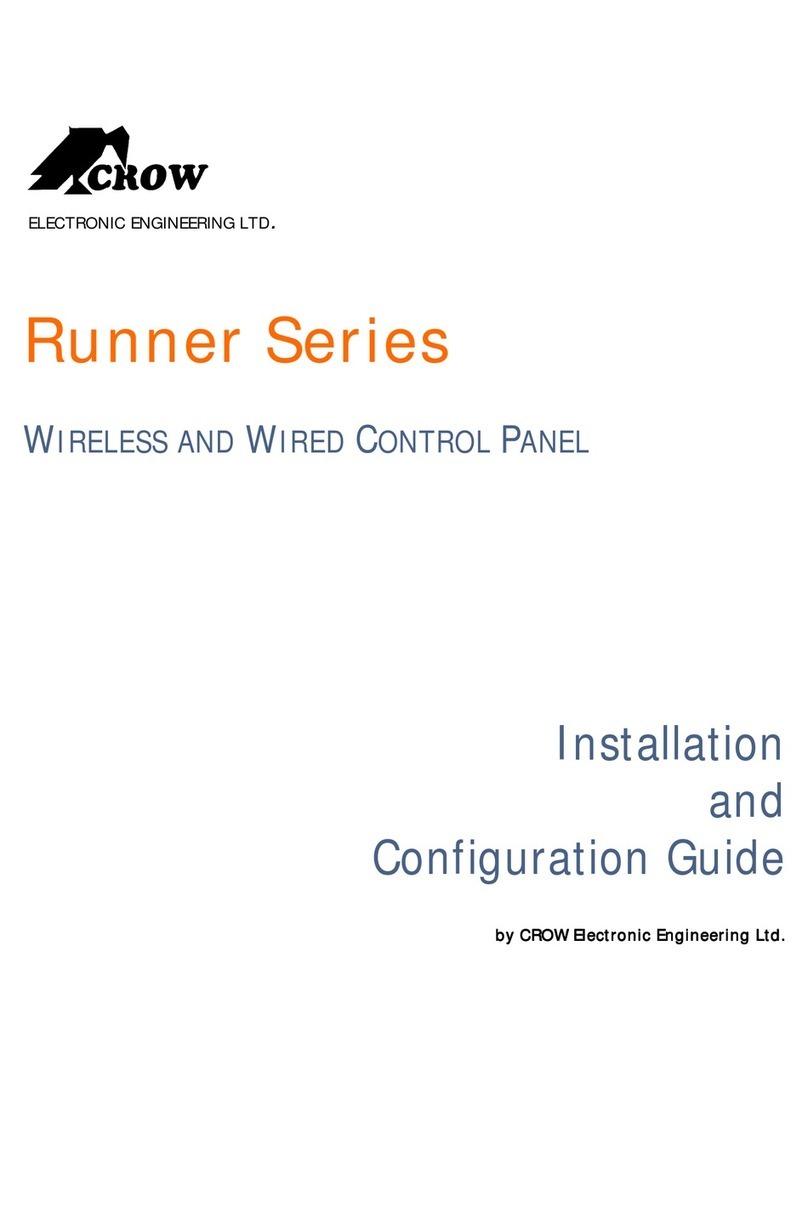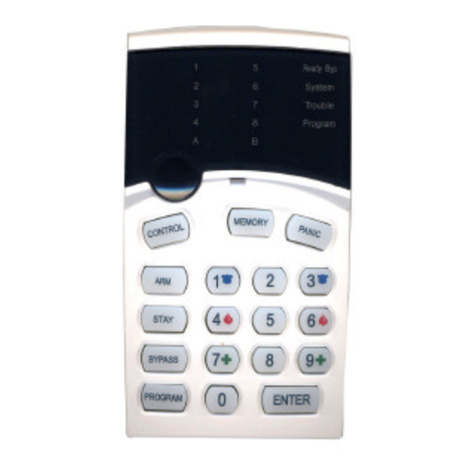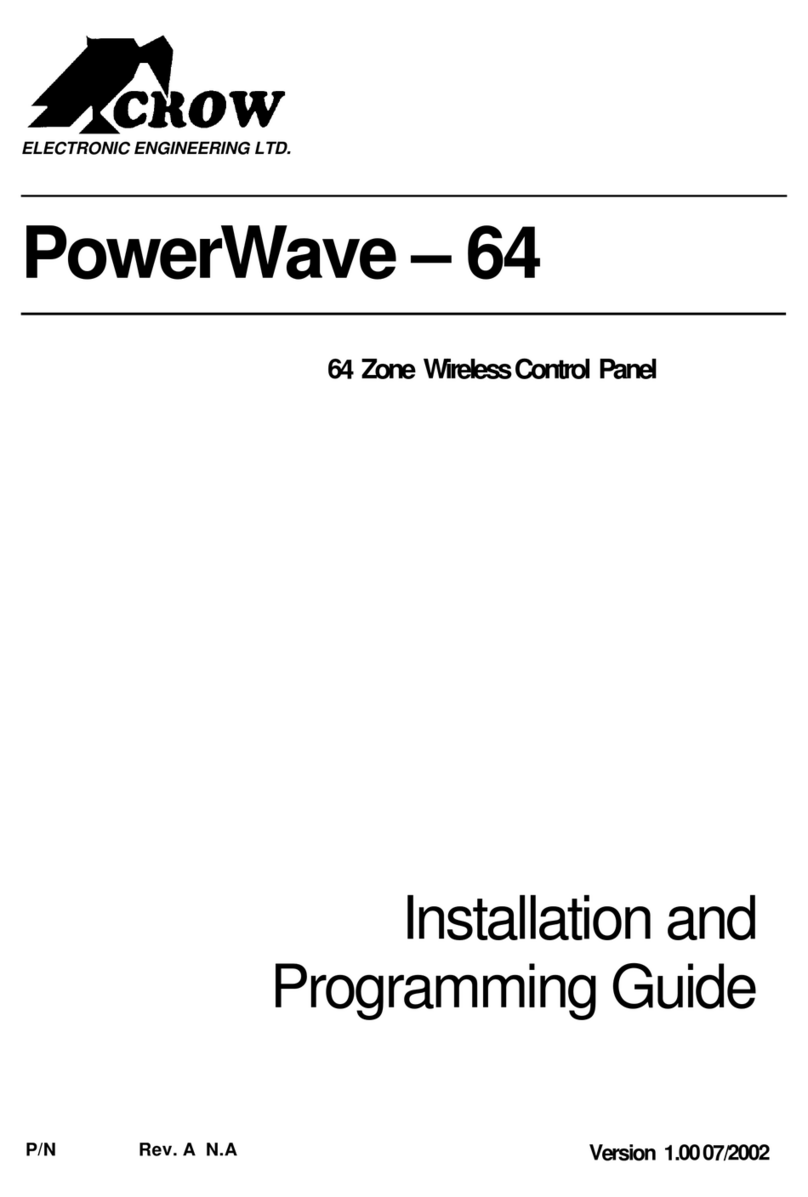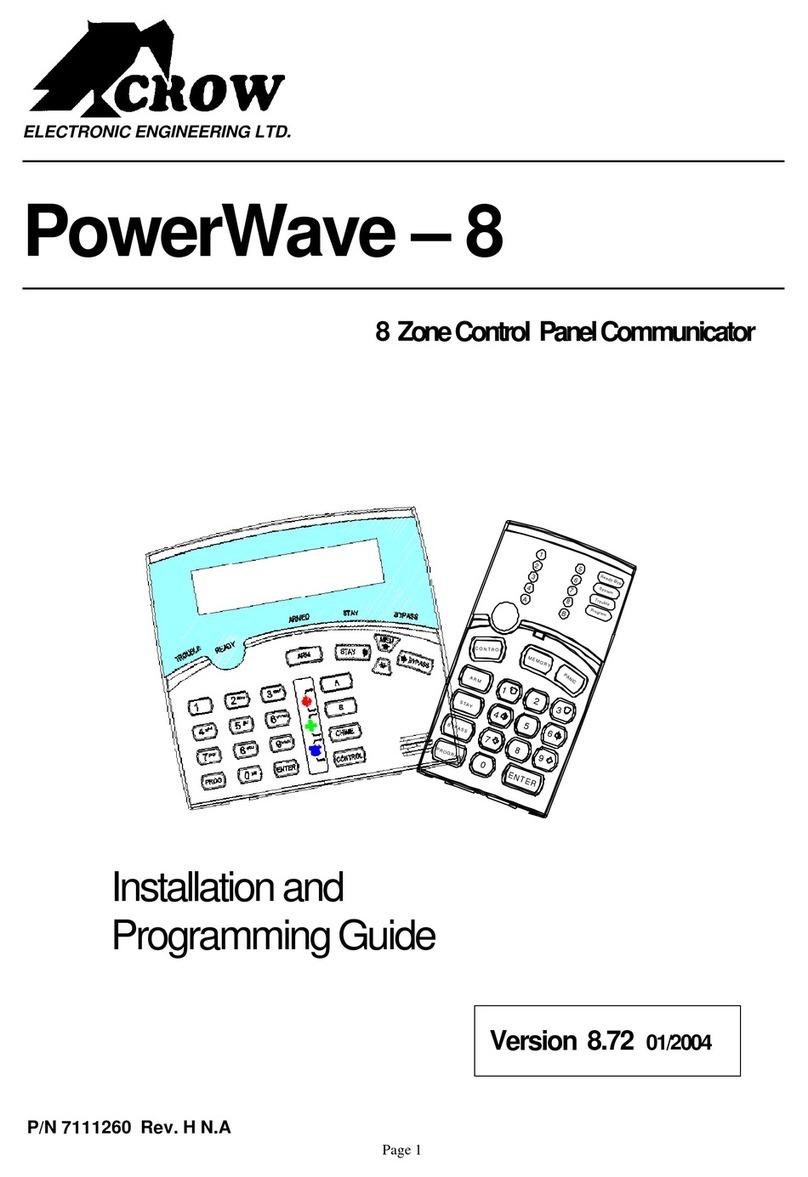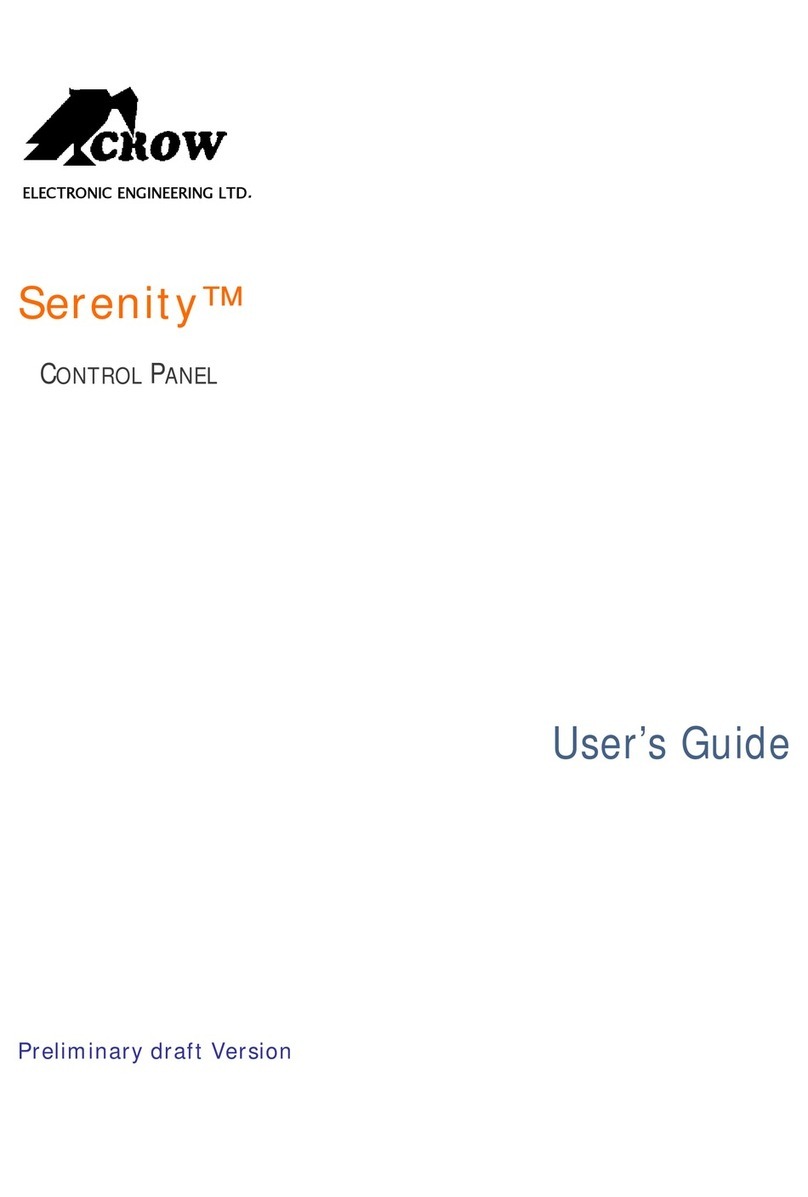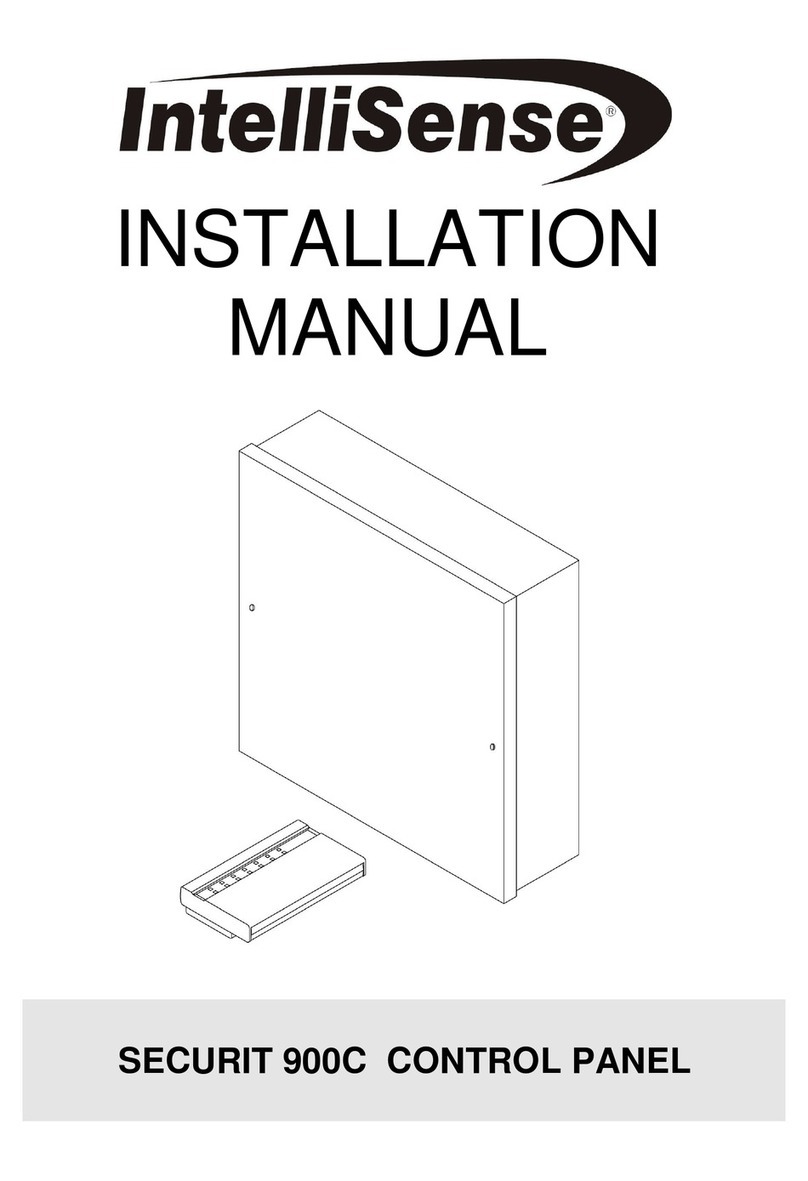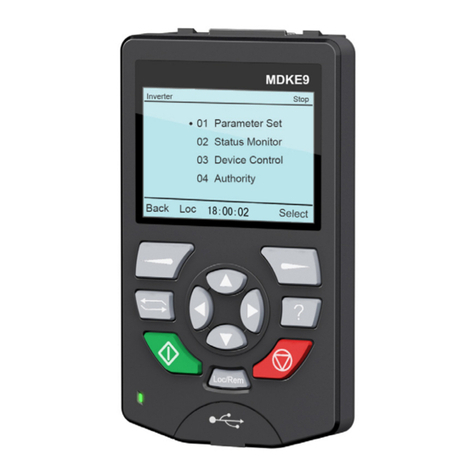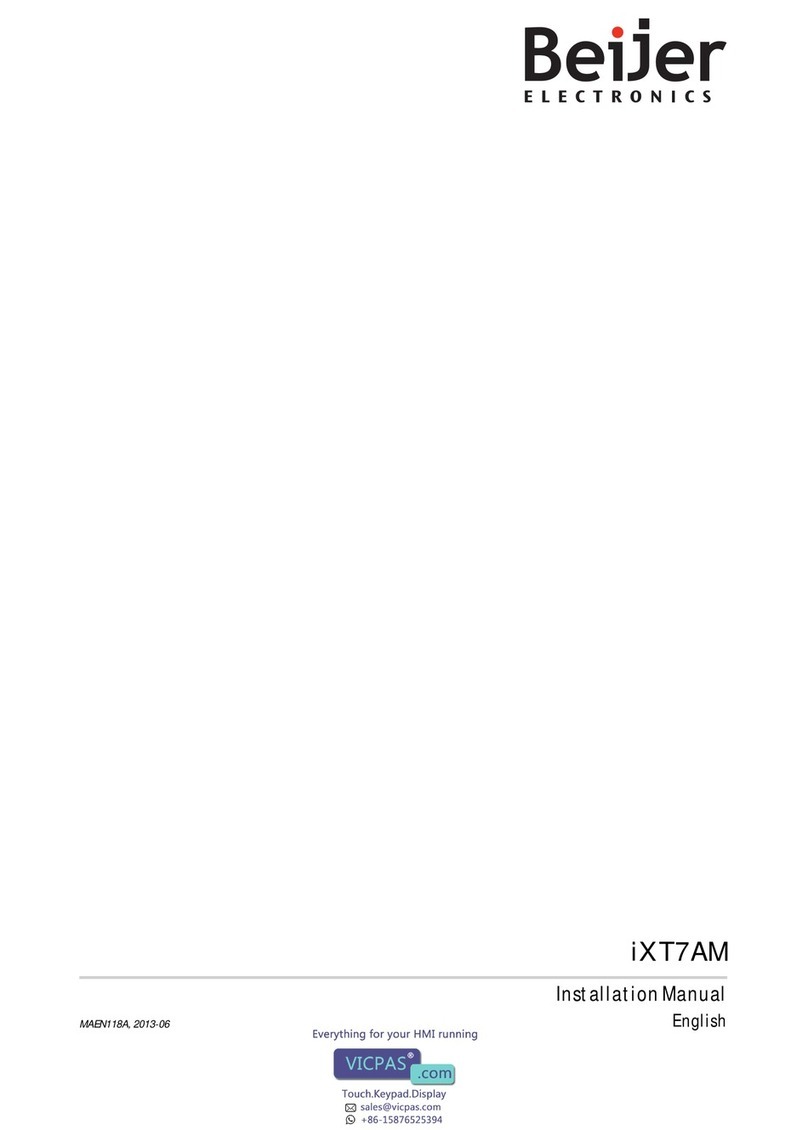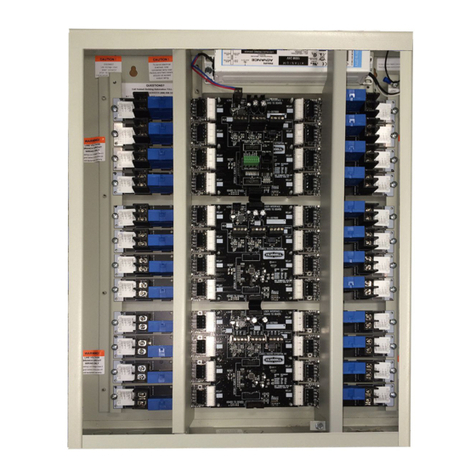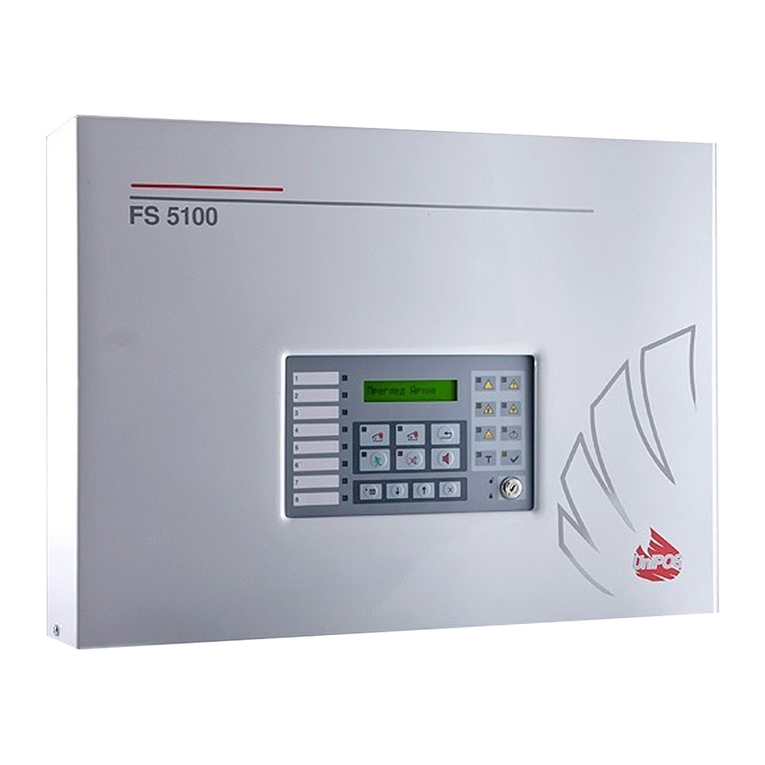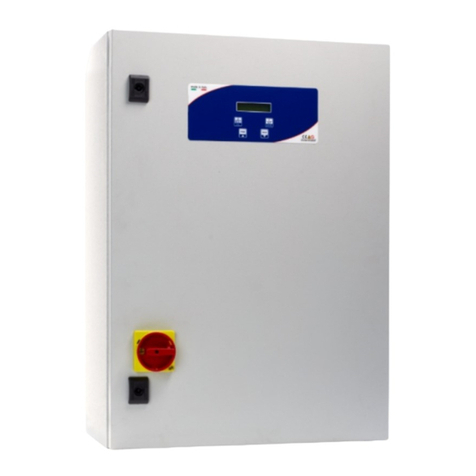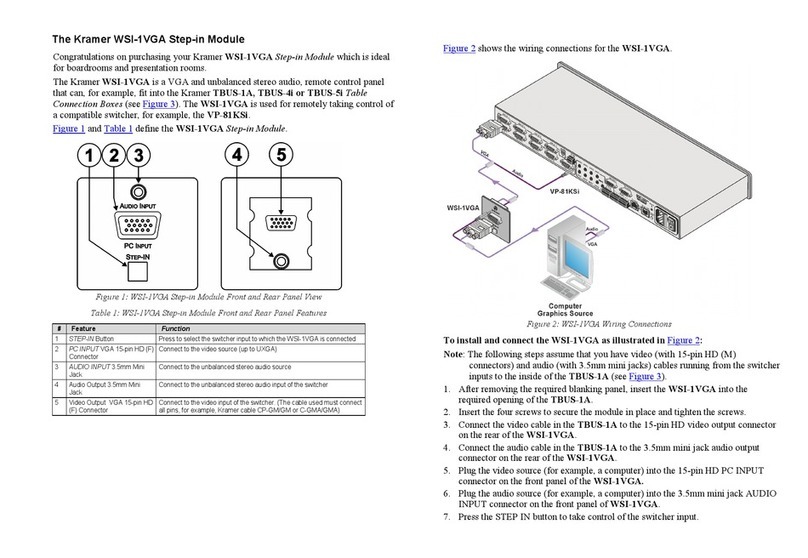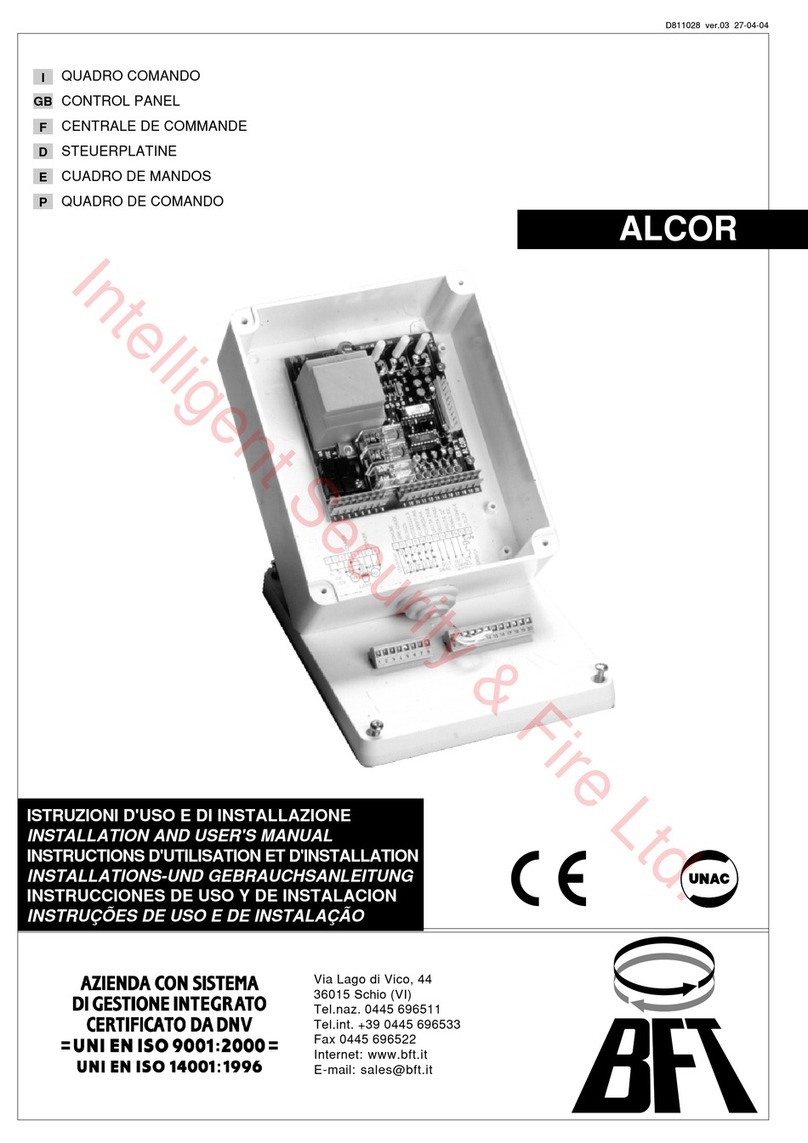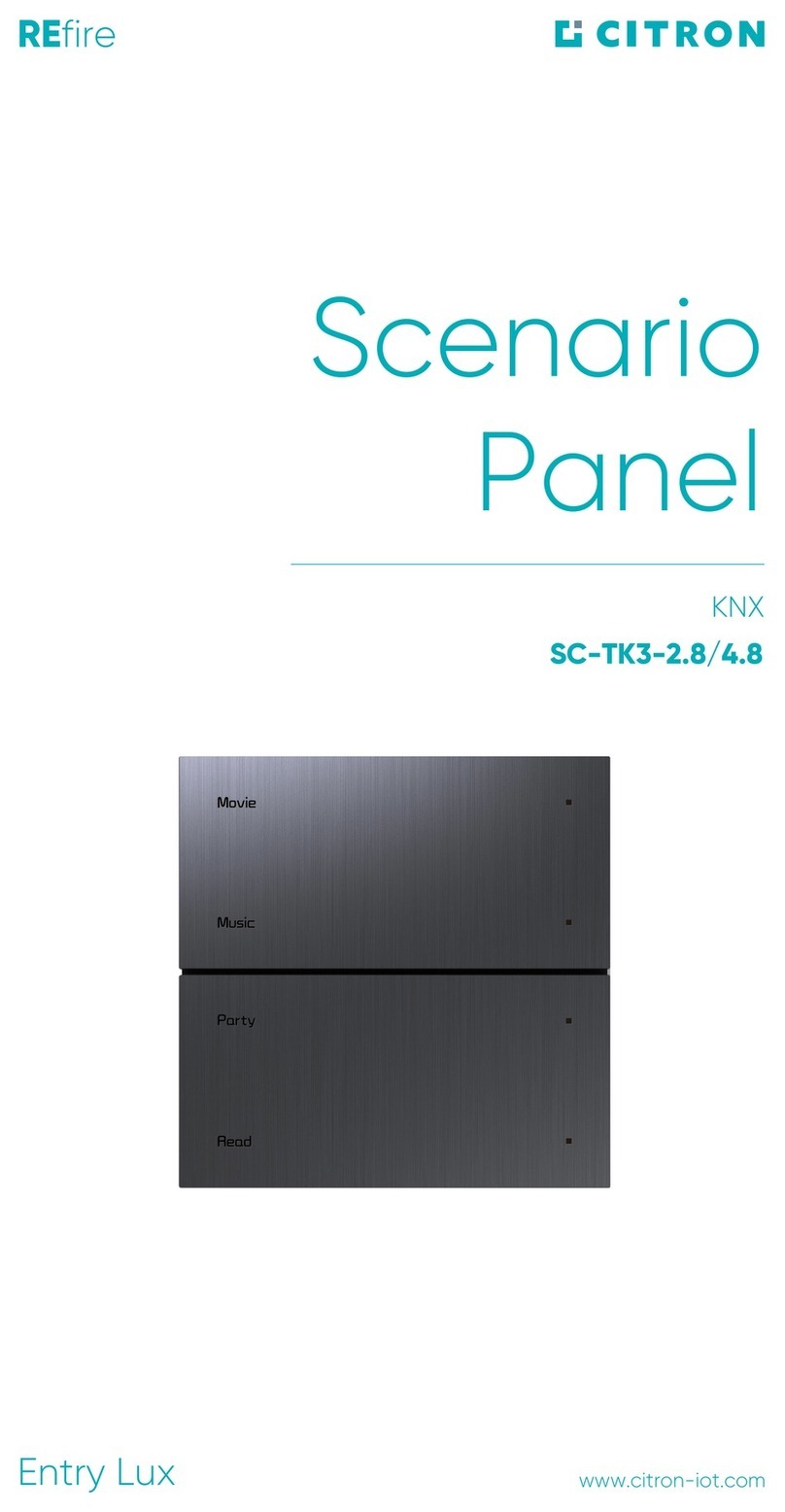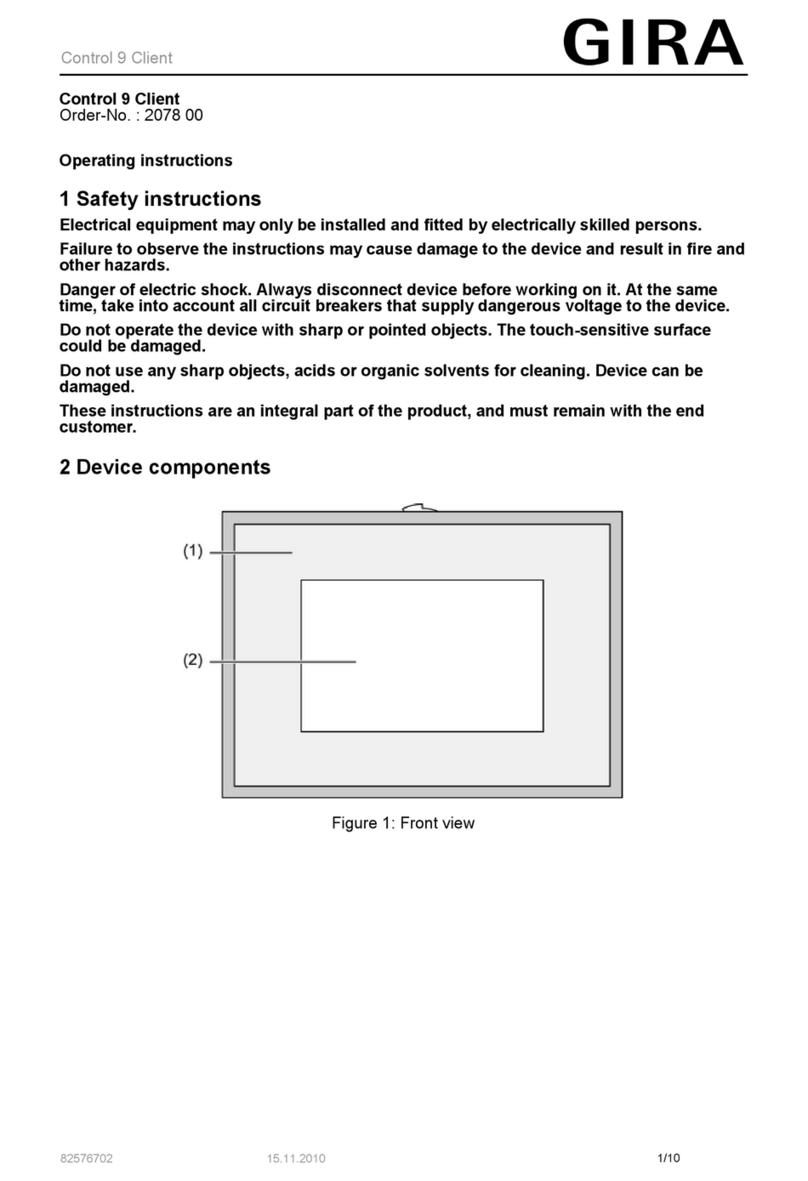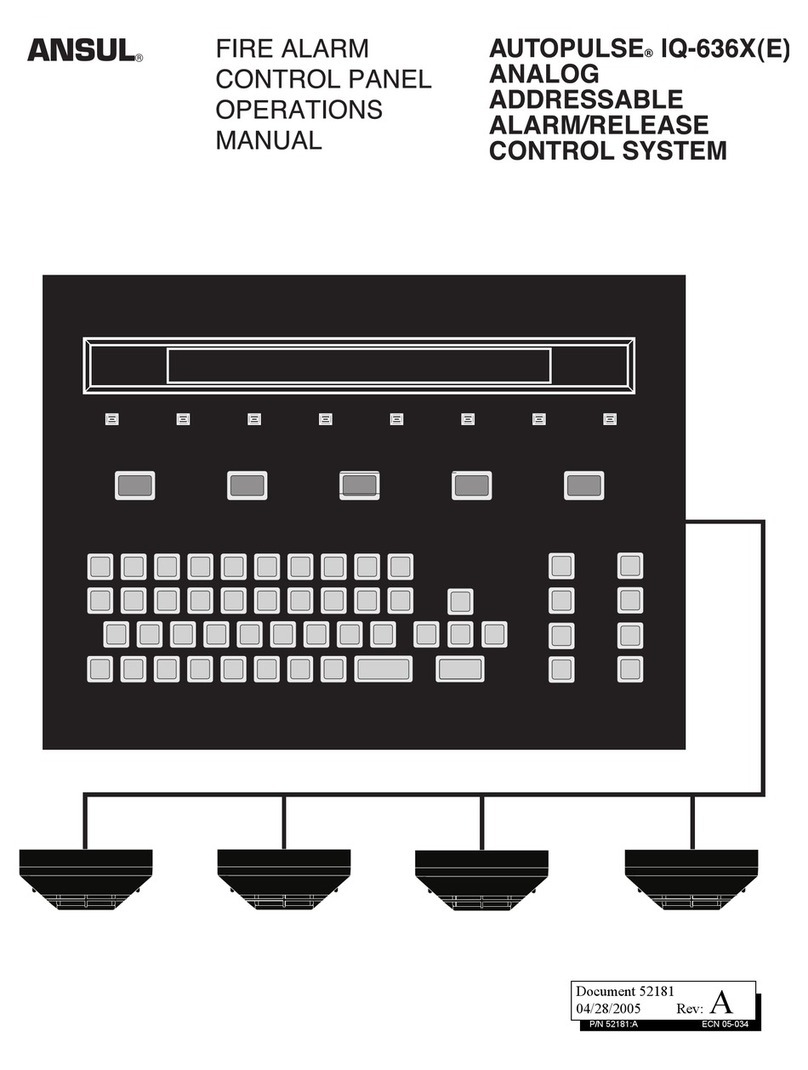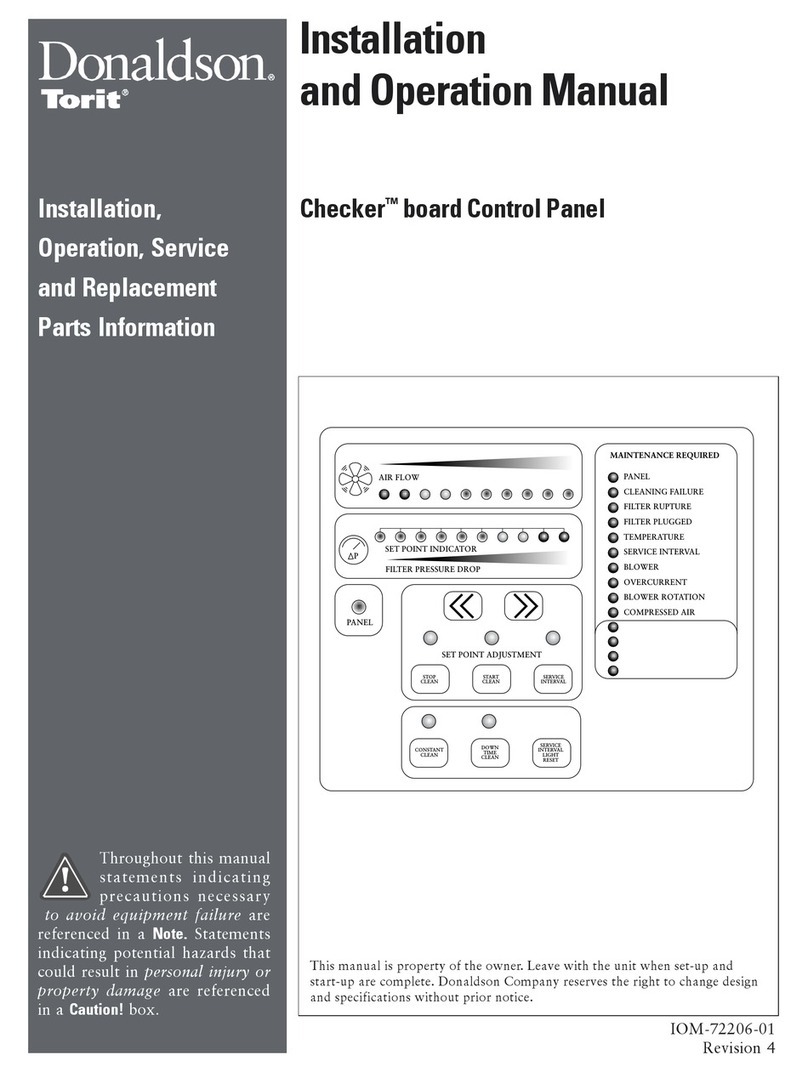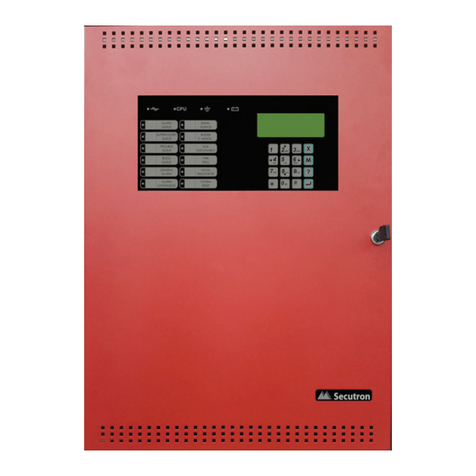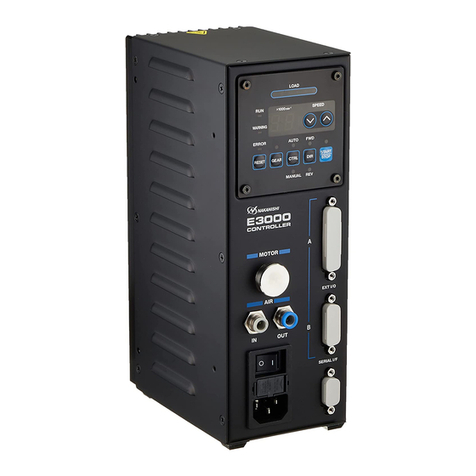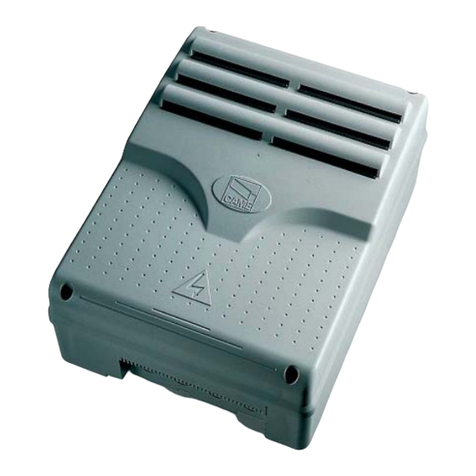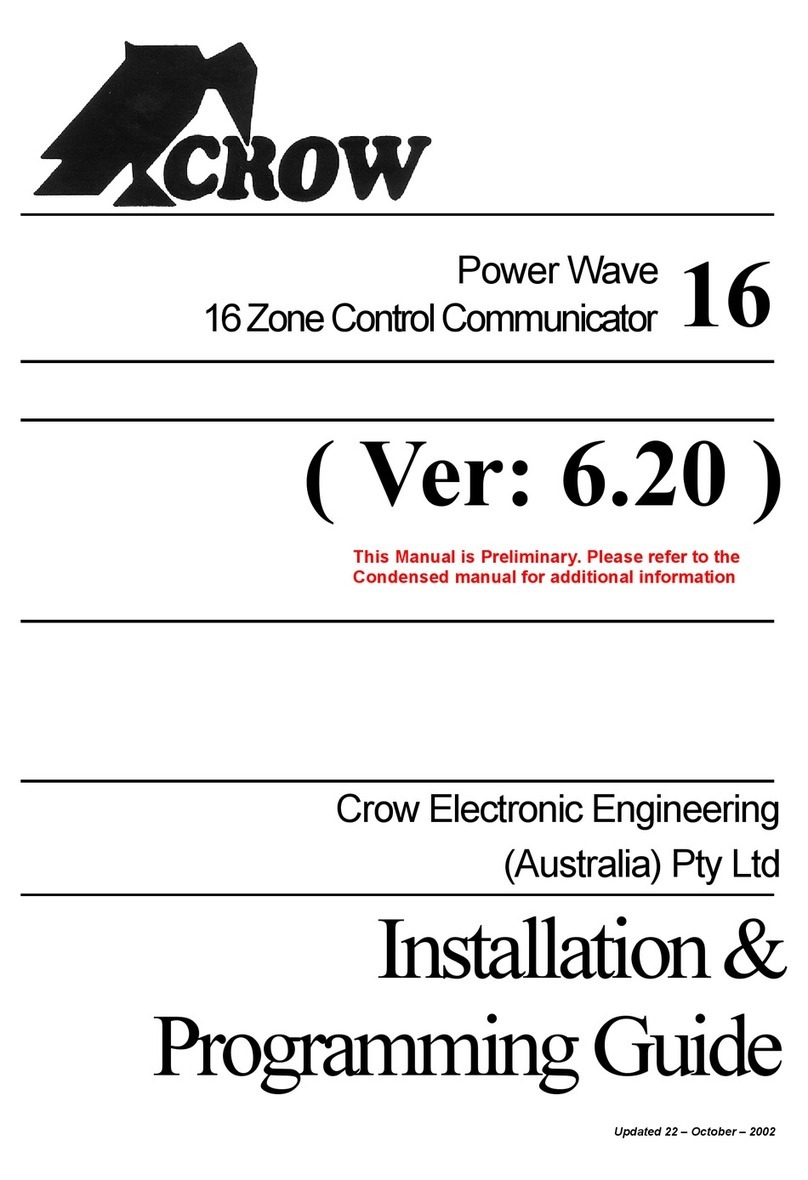Page 6
INPUTS cont.
TAMPER -A 24Hr tamper circuit is available for monitoring tamper status of detectors, junction boxes, cabinets and
satellite sirens etc. This Tamper circuit is programmable with 2 options Address 170 either normally closed loop or 2k2
EOL supervision( the default is 2k2 EOL). The tamper circuit must be terminated with an end-of-line resistor if 2k2
EOL supervision is selected. The activation events and outputs for this tamper circuit are mapped in the same manner
as for detection zones 1-8. Using Dual-End-of-Line resistors (Refer to zones on Page 6) the Tamper input can also
provided two key-switches. The Low key-switch (4k7 resistor) operates Partition A while the High key-switch (8k2
resistor) operates partition B. In this configuration the 2k2 resistor must still be installed to seal the system Tamper.
In addition to the Analogue monitoring inputs, you will find the following system inputs on your POWERWAVE-8
control PCB;
AC -Connect the two low voltage wires (no polarity) from the transformer to the terminals marked AC on the
PowerWave PCB. The POWERWAVE-8 includes a mains transformer rated at 1.4 amps at 17 volts.
EARTH -Always connect the mains earth to the appropriate terminal on the mains terminal block in the control box
cabinet. Also connect a lead from this earth point to the terminal marked with the Earth symbol (next to AC terminals)
on the POWERWAVE PCB.
BATTERY -Connect a sealed lead acid rechargeable 12V d.c. battery to the red and black battery leads. Be careful to
observe correct polarity as damage may occur from incorrect connection. The minimum recommended battery
capacity is 7 amp hours. Battery charge current at these terminals is limited to 350mA maximum. The battery
connection is fuse protected by fuse F2 ( 3A). The panel performs a dynamic load test on the battery every 5 seconds
and if it fails the test at any time it will flash the system LED (refer to the “View Memory” chart on page 10 for more
details).
LINE IN -This pair of terminals is used to connect the PowerWave-8 to the incoming telephone line from the street.
The communicator uses this line for reporting.
LINE OUT -This pair of terminals is used to connect telephones and other communication equipment to the incoming
phone line via the POWERWAVE-8 controller. The telephone line is passed through the POWERWAVE-8 controller to
ensure that the line is available to the controller when it is required.
OUTPUTSOUTPUTS
12 VOLT OUTPUTS -There are two 12 volt dc outputs available on the PowerWave-8 PCB. These 12 volt outputs are
all regulated and fuse protected. These outputs are marked 12v and 0v, and are supplied by fuses F1. A maximum
total load of 1 amp may be drawn from these terminals.
OUTPUTS 1 & 2-These fully programmable, high current, open collector (high-going-low) type FET outputs are
capable of switching up to 1.5A @ 12V d.c. These 2 outputs are normally set as switched outputs, providing power for
12v sirens or piezos. If required, these outputs can be programmed to be siren outputs designed to drive an 8 ohm 10
watt horn speaker per output. Also if a horn speaker is connected to Output 1 you may select (in programming) the
listen-in feature to this output as well so that the dialling sequence can be heard at the speaker.
OUTPUTS 3 & 4-These are low current, open collector (high-going-low) type outputs capable of switching no more
than 100mA. Like Outputs 1 & 2 they are fully programmable.
NOTE: -Connecting devices which draw current in excess of 100mA to outputs 3 & 4 will cause permanent
damage to the PowerWave controller.
KEYPAD PORT -The terminals marked POS, NEG, CLOCK, & DATA make up the communications port which the
keypads and other intelligent field devices use to talk to the POWERWAVE-8 controller. The terminals are connected
to corresponding terminals on the remote devices. The "listen" terminal is only used by the keypads and utilises a fifth
wire to provide a communicator listen-in facility. This feature is particularly useful when servicing monitoring faults.
The keypad 12v output I(POS,NEG) is also protected by fuse F1.
EXPANSION PORT -The expansion port is for the connection of the Arrowhead RS232 serial board. The serial board
allows for the direct connection of a PC running the Upload/Download software. It is also used for the EEprom board
to allow program back-up and re-instatement using the Data Transfer Unit (DTU).






















